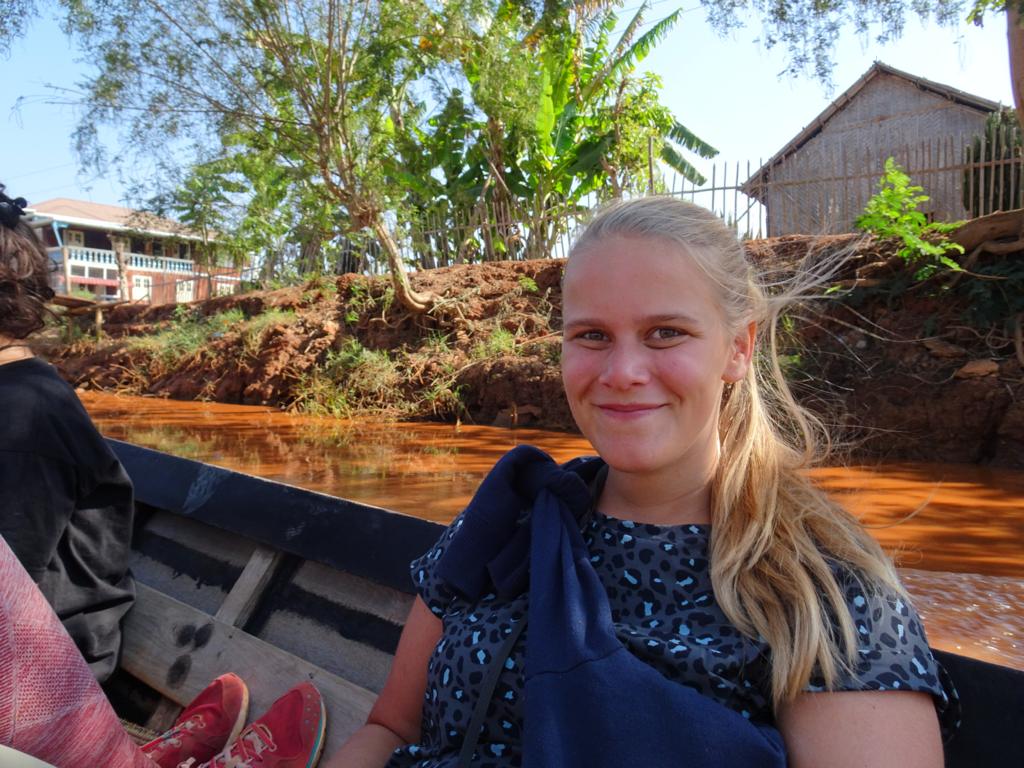Mobile Robot Control 2021 Group 3
Group Members
Students
Tutor
| Jordy Senden |
| j.p.f.senden@tue.nl |
Task Division
In order to show on what task each student from the group is, or was, working on, we made this excel table in which every student entered their participation on a certain task. Please note that this table is often updated.
If there is a need for updating or just visualizing the current state of the table, please access the following link: [Task division.]
Everyone in this group has editing right and everyone else has just viewing right to the excel under the link found above.
Design Document
To get an overview of the project, a design document was created, which can be found here. In this document, the requirements, the components and specifications, and the functions and interfaces are described. Following this, the content will be used to better understand what will be done in the Escape Room Challenge and the Hospital Challenge.
Escape Room Challenge
Introduction
In this year's version of the course, we are going to use a simulation that reproduces the exact same behavior of the real PICO robot.
The first major milestone of this course is the Escape Room Challenge in which we are faced with the task of driving our robot out of a square room, through a corridor. This environment is said to have walls that are not perfectly straight and corners that are not perfectly perpendicular. This requires a more robust design of our code, such that if, for example, the robot encounters a slightly different corner angle, it would still operate successfully. In order to achieve this goal, we can use the data that is coming from the laser scanner, as well as the data coming from the encoders attached to the wheels of the robot.
We are given two trials to complete the challenge. On trial ends if our robot does at least one of the following actions:
- Bumps into a wall, but a slight touch is allowed if the judges consider it acceptable;
- Has not moved nor done any action for 30 seconds;
- The total time spent in the room exceeds 5 minutes;
The challenge is completed if the robot does not bump into any wall, respects the time limitations, and when the entire rear wheel of the robot has passed the finish line that is placed at least at 3 m into the corridor.
The robot's behaviour
The robot starts by moving forward until finds a wall that is closer than a certain threshold distance. Once a wall is found, the robot will turn to the left, also correcting its position relative to the wall, meaning that if the detected wall is not entirely perpendicular to the robot's front direction, it will adjust its turn accordingly. After turning towards the left, the robot will keep a constant distance to the wall on its right side and will move forward until encounters another wall. Once faced with an inner corner, it will again turn left, basically, the algorithm is computed again.
In the case in which the distance to the wall on the right suddenly changes to higher values, the algorithm detects this "jump" and turns the robot to the right this time, considering that there should be a corridor. Once it enters, it will again keep a constant distance to the wall on its right side, while driving forward. In this way, it will cross the finish line further down the corridor.




